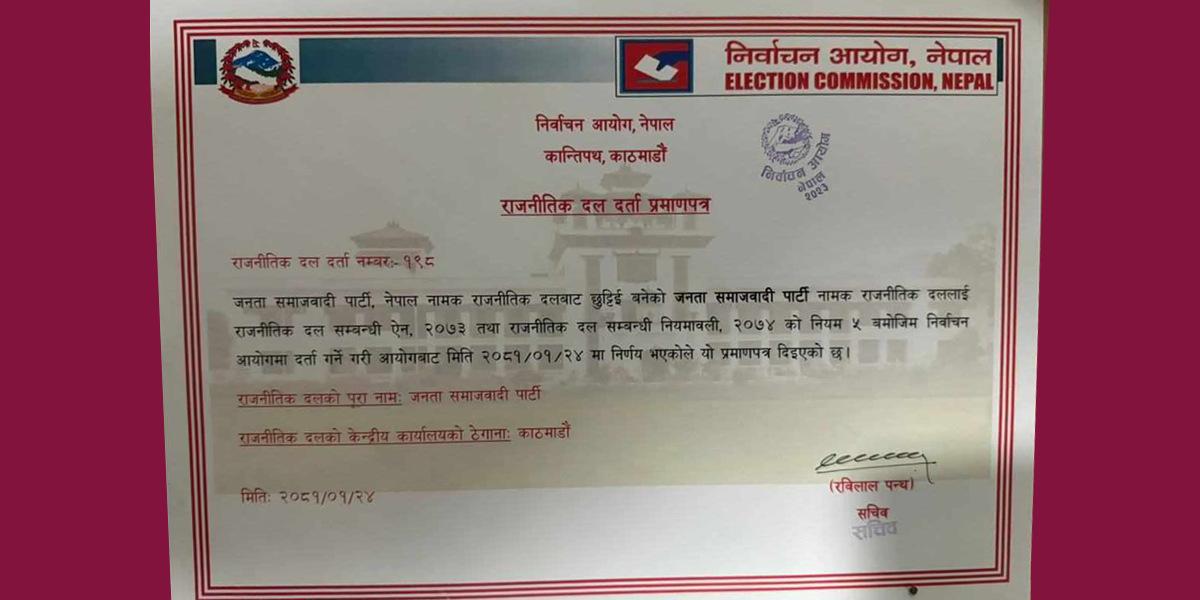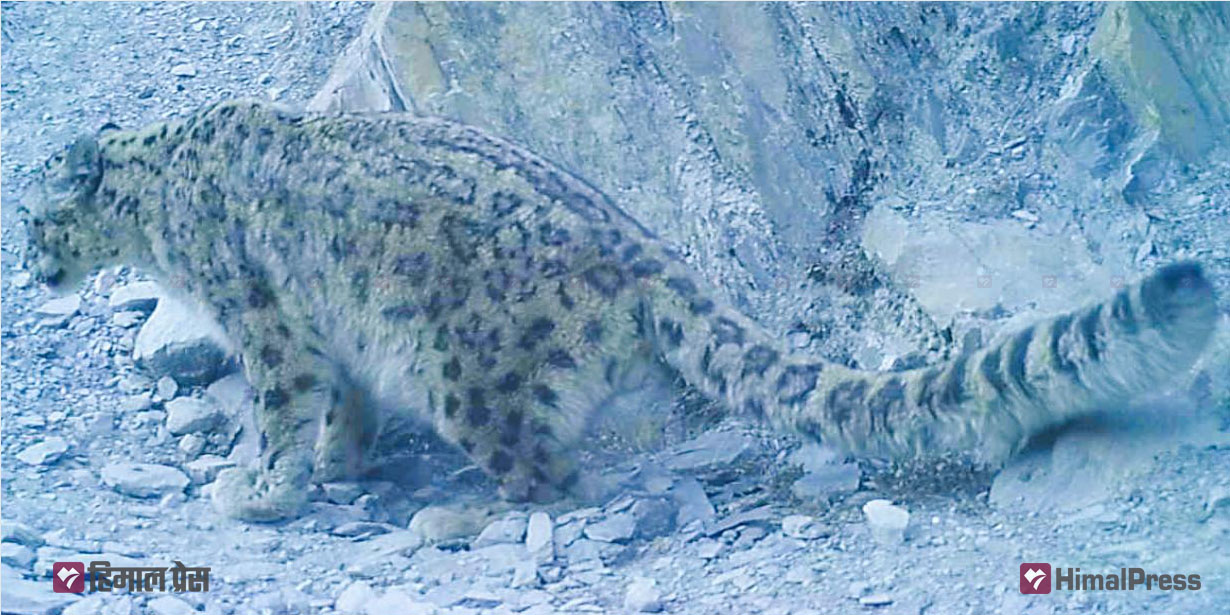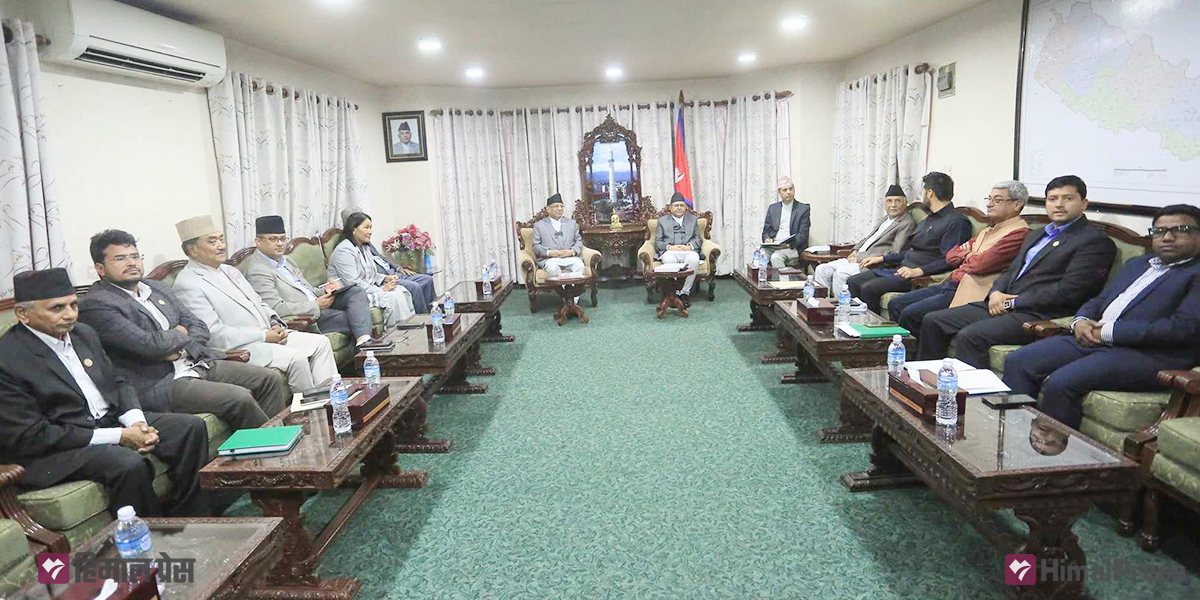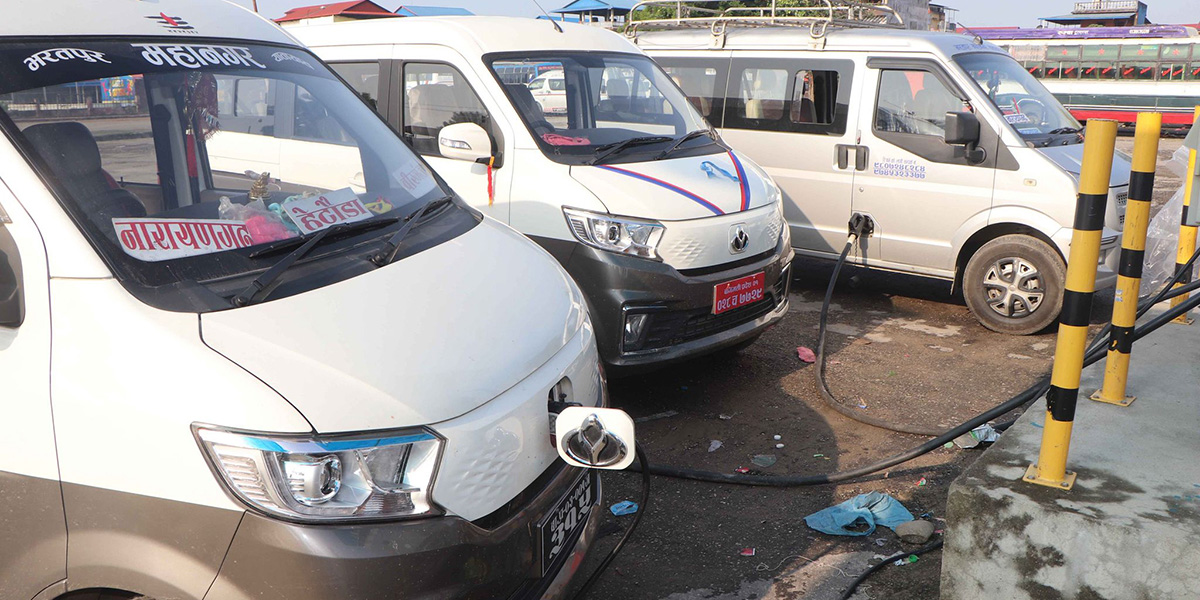
KATHMANDU: The Nepal Electricity Authority (NEA) simultaneously launched 51 charging stations across the country on September 5. These stations are strategically located on the country’s main highways and near markets. With the concessional loan from the Asian Development Bank and technical support from the Norwegian government, approximately 40 million rupees have been invested in building these charging stations.
During the inauguration of the charging station, Minister for Energy, Water Resources, and Irrigation, Shakti Bahadur Basnet, stated that the government has established policy measures to encourage the use of electric vehicles. “To promote the use of electric vehicles, the government has prioritized the development of infrastructure like charging stations,” he added.
Similarly, Kulman Ghising, the executive director of the Nepal Electricity Authority, which is responsible for electricity production, sales, and distribution, unveiled plans to construct 500 charging stations across the country. “We currently have 51 charging stations in operation, and another 100 will be ready next year. Our goal is to reach 500 charging stations within a few years,” he added.
Although both these officials say that the government is focusing on the development of infrastructure, infrastructure alone is insufficient to drive electric vehicle adoption. Stakeholders say the government’s responsibilities extend beyond charging stations. They said the government should build quality road infrastructure and ensure policy stability. In an effort to promote electric vehicle use, the government has implemented lower tax rates compared to internal combustion engine (ICE) vehicles. This policy also keeps changing.
Dhruba Thapa, president of the NADA Automobile Association of Nepal, an umbrella organization representing car dealers, stressed the importance of robust road infrastructure and consistent policies alongside charging stations. “Private sector investments in charging facilities are also on the rise. The government’s investment in charging infrastructure has catalyzed public transportation’s shift towards electric vehicles. With quality roads and policy stability, there is no doubt that electric vehicle usage will increase significantly,” he added.
Notably, the country has become more conducive to electric vehicles in recent years, as reflected in import statistics. In the fiscal year 2022/23, the Department of Customs recorded the import of 40 electric minibuses and 241 microbuses. In the same year, 4,220 cars and jeeps, 48 hybrid (both fossil fuel and electric) cars, 7,740 three-wheelers, and 7,155 two-wheelers were also imported.
In the fiscal year 2021/22, the country imported 97 hybrid cars, 84 minibusses, 7,322 three-wheelers, 8,958 cars and jeeps, and 3,600 two-wheelers.
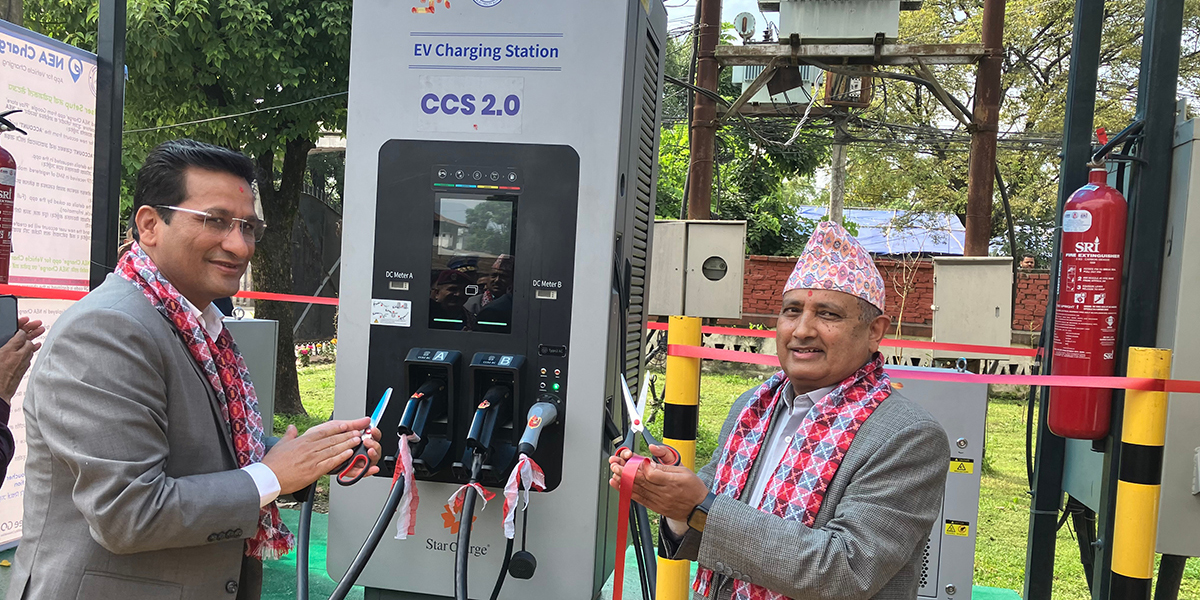
In addition to public charging stations, the Nepal Electricity Authority implemented a policy in January 2022, allowing individuals to set up charging stations at their homes, offices, and organizations. A study commissioned by the NEA revealed that the cost of running an electric car is 70 paisa per kilometer, an SUV or jeep costs 80 paisa, a microbus costs 90 paisa, and a large bus costs Rs 1.20 paisa—significantly lower compared to ICE vehicles.
“Operating electric vehicles is 15-20 times cheaper than running vehicles with internal combustion engines. This will not only contribute positively to foreign currency reserves but also ensure a cleaner environment,” he added.
Depending on the battery capacity of the vehicles available in Nepal, vehicles can be charged in as little as half an hour to one hour.
Trade deficit reduction
For several years, petroleum products have consistently topped the list of Nepal’s imported items. In the fiscal year 2022/23, Nepal imported petroleum products worth Rs 309.87 billion, with the majority being consumed by motor vehicles. Conversely, the country boasts abundant electrical energy production. According to NEA, it has generation capacity of 3,100 MW, while the peak demand is only 2,400 MW. Surplus energy is being sold in the Indian market, while some is going to waste. In the current fiscal year, an additional 800 MW of hydropower will be added to the national grid.
According to Ghising, electric vehicles represent a suitable option for utilizing the surplus energy produced in the country. “Utilizing electric energy not only improves air quality and reduces user costs but also reduces the trade deficit,” he added.
Experts suggest that increased adoption of electric vehicles will reduce the import of vehicle spare parts by about half. “The maintenance cost of electric vehicles is very low. They have fewer components compared to petroleum vehicles and do not require frequent replacements, as is common with internal combustion engine vehicles,” Thapa added.
Vehicle spare parts is the country’s third largest import, with imports totaling Rs 61.8 billion in the last fiscal year.
“Increased use of electric vehicles is the most effective way to reduce such imports and decrease the trade deficit,” Thapa added.


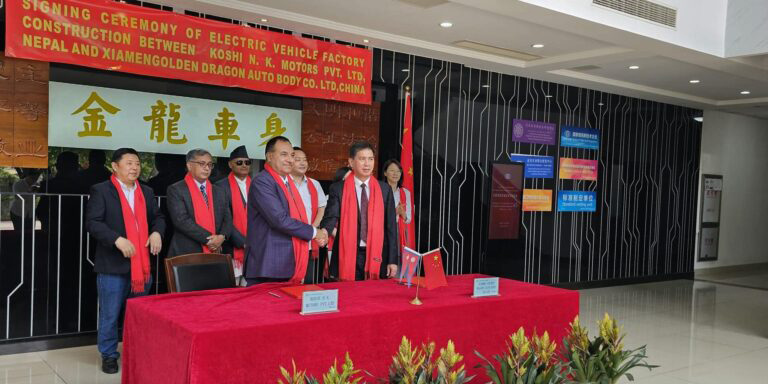
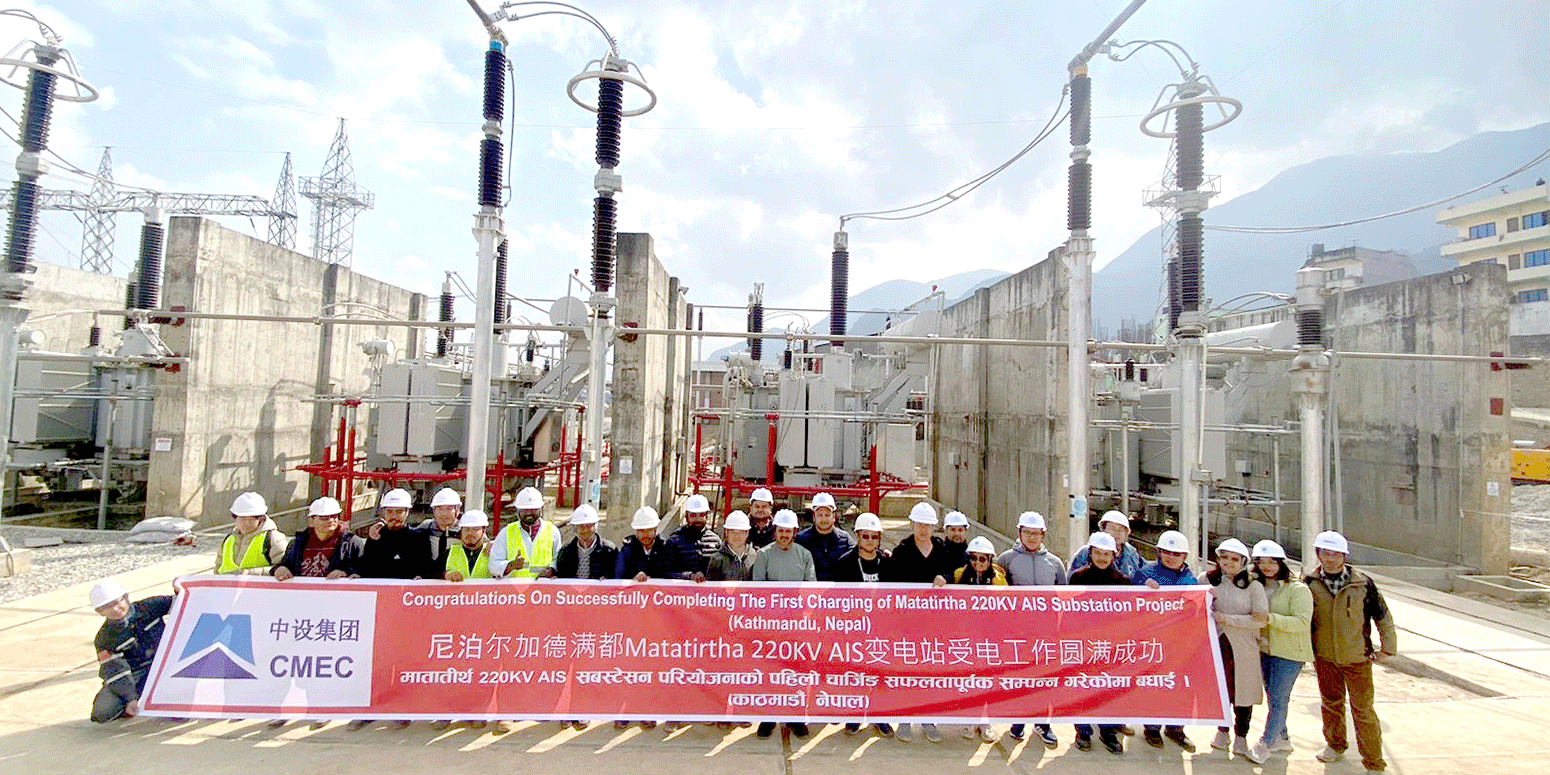

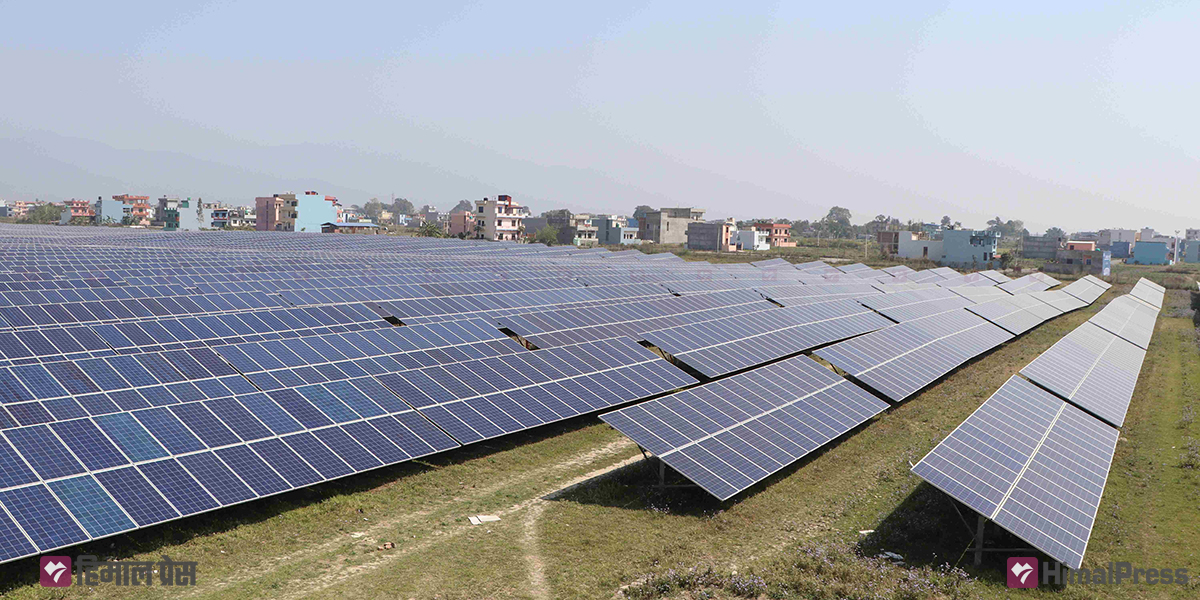






![International Industrial Trade Fair underway in Kathmandu [In Pictures]](https://en.himalpress.com/wp-content/uploads/2024/05/mela-2.jpg)



